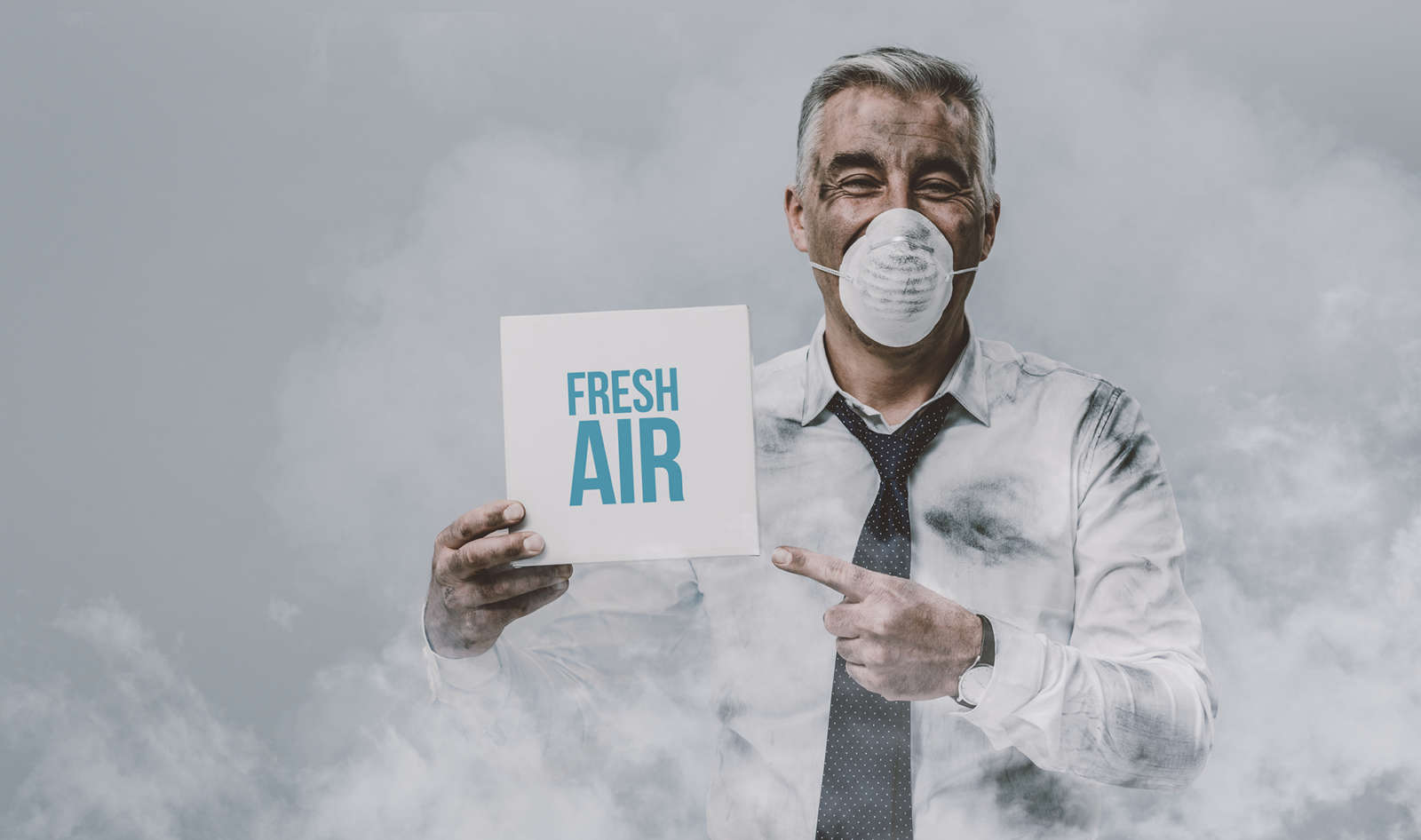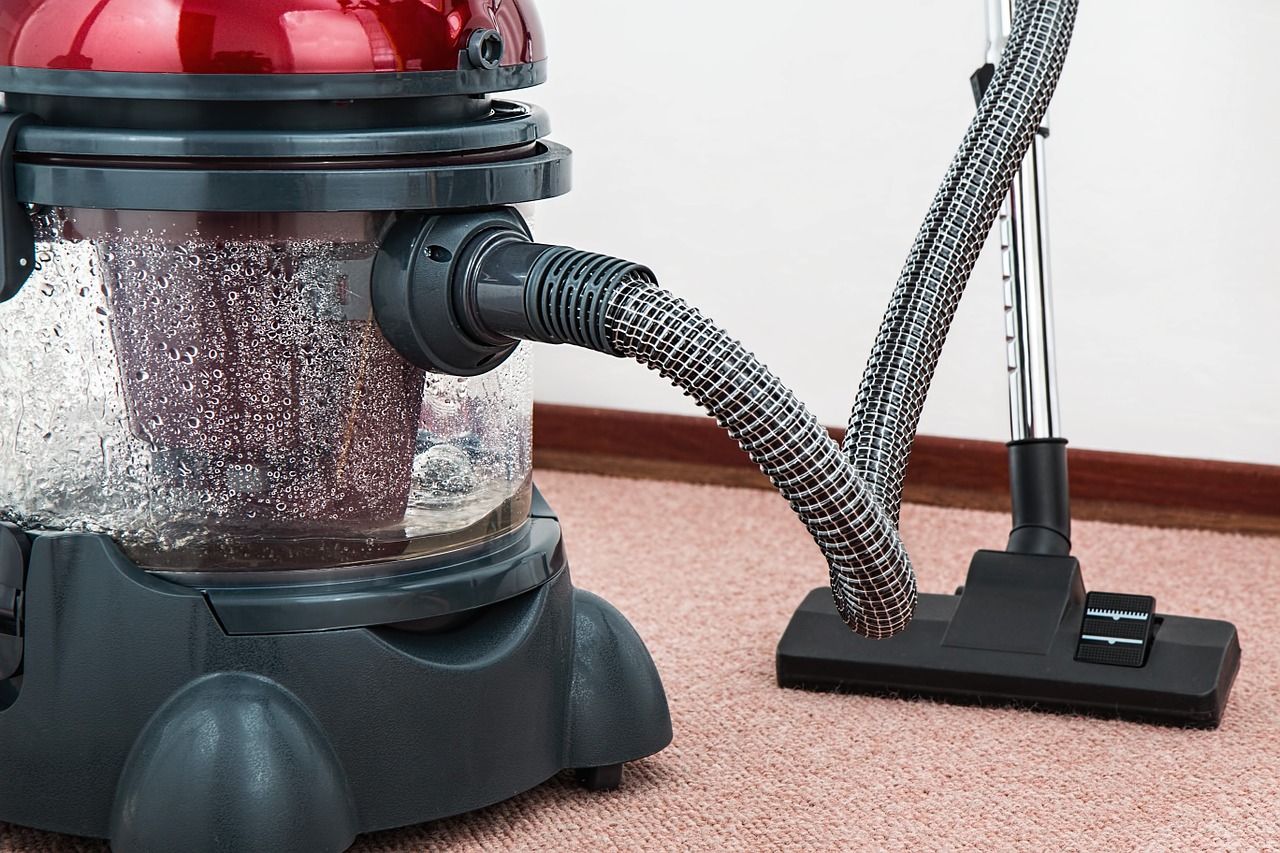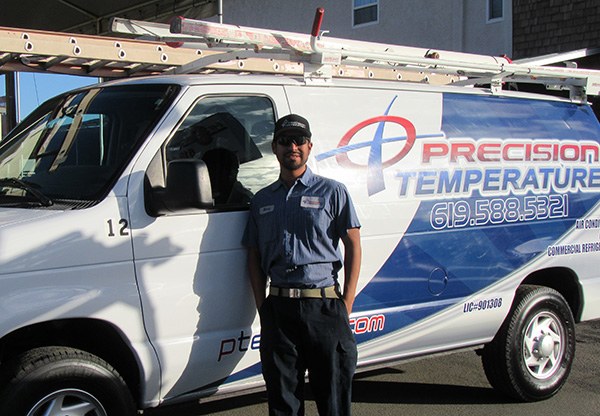Between the global COVID-19 pandemic and local CA wildfires, Californians in 2020 have more cause to pay attention to Indoor Air Quality than ever before.
The purity of the air in your home or business has always been an important, but often neglected, part of HVAC care. The most many of us ever bother to do is change our air filter, and some don’t even do that.
So what’s the big deal? Why is air quality so important and what can you do about it?
What is Indoor Air Quality?
Indoor Air Quality, or IAQ, is the term relating to products and efforts to manage the pollution of indoor air.
Most people are aware of outdoor pollution and whole movements have revolved around reducing or eliminating the sources of these pollutants. But what often remains forgotten is that the air from outside, is the same air in your home, just at concentrated levels.
A US Environmental Protection Agency (EPA) study revealed that indoor levels of pollution are routinely two to five times higher than outdoor air levels, and come sometimes be a staggering 100 times higher.
That right there should be enough to raise alarm.
Yet, unless you’re one of the 42% of Americans who regularly performs maintenance on your HVAC system, the majority of homeowners continue to ignore this one very important part of home and health care.
Before we talk about ways to combat poor indoor air quality, let’s first talk about what it looks like in your home and the effects that it can have on your family.
Effects of Poor Indoor Air Quality
Unlike outdoor air pollution which is often seen as a haze in the distance, indoor air quality isn’t perceptible to the human eye, and any odor associated with poor air is often overlooked as we’ve grown accustomed to the smell of our home.
Here a just a few side-effects of poor indoor air quality:
- Coughing
- Itching eyes or throat
- Headaches
- Sneezing, runny nose
- Difficulty breathing, asthma aggravation and other respiratory problems
If a lot of those symptoms sound like allergies, you would be correct. One of the most common effects of poor air quality is breathing in the same polluted air that lives outside your home.
But your home is supposed to be your bastion, your place of comfort and protection. However, if we ignore indoor air quality, the problems from outside the home persist inside it as well.
Types of Pollutants
Aside from pollen, the following pollutants also lead to indoor air quality problems:
- Cigarette smoke – Whether you or a family member smokes indoors or just outside the home, cigarette smoke can get inside your ducting and fester, creating unhealthy air quality both for your family and your guests that contributes to more than 30,000 deaths each year.
- Radon – Radon is a dangerous gas that occurs naturally from soil and rocks. According to RadonResources.com, California’s Radon levels are about average, and Radon testing is recommended twice a year. Granite countertops have even been known to emit Radon according to the EPA.
- Combustion gases – This includes carbon monoxide and nitrogen dioxide, which come from improperly firing or vented gas appliances such as your stove, furnace, dryer, or fireplace.
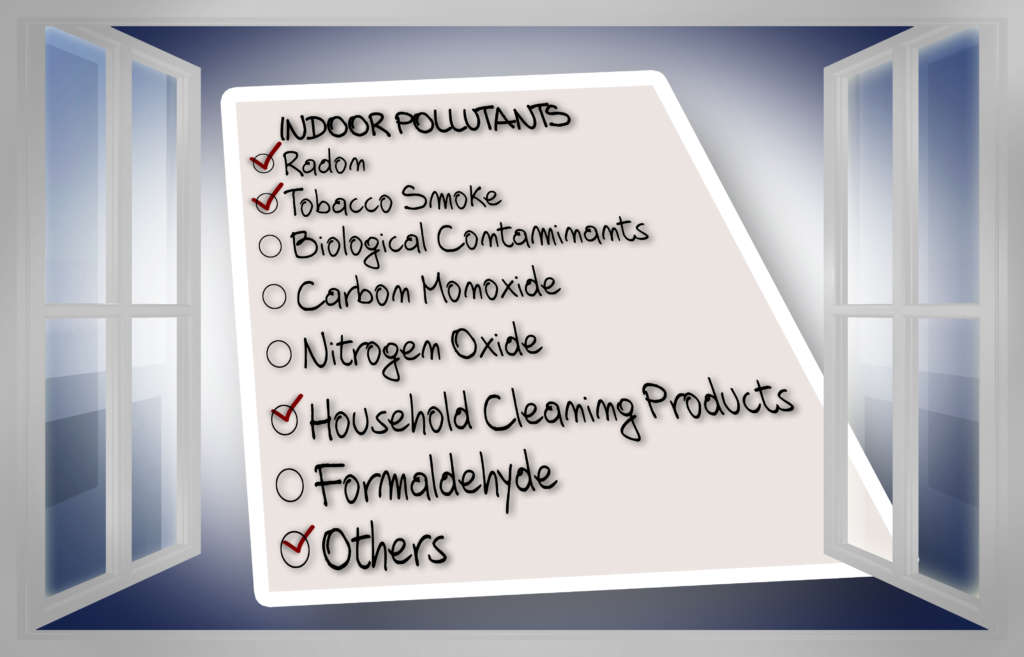
How Do You Improve Indoor Air Quality?
There are many steps that you can take to reclaim pure indoor air quality in your home
1. Eliminate or reduce secondhand smoke
If you smoke inside the home, consider smoking outside instead. Smoking in an isolated room such as a basement is not sufficient for elimination of secondhand smoke in the home.
2. Ensure your home is properly sealed
The number one source of Radon in the home comes through cracks and openings in your home. To reduce the presence of this harmful gas within your home, ensure the exterior is sealed properly around windows, doors, and the foundation of your home.
3. Repair or replace faulty gas appliances
Carbon monoxide is the silent killer most Americans are aware of and worry about every winter season. But your gas furnace isn’t the only potential source of carbon monoxide.
Ensure that all gas appliances are functioning properly and consider replacing them if they’re getting old.
Carbon monoxide is created when the flame doesn’t fully ignite the natural gas. The result of the failed ignition is carbon monoxide.
4. Replace your air filter regularly
Your HVAC systems air filter was designed to catch dust, particles, and pollutants in your air and prevent them from cycling through the system. But not all filters are created equal, and they don’t work forever.
Just like you’ve got to change the filter in your refrigerator every three months, it is recommended that you swap out your air filter at least twice a year, but every three months is recommended.
The EPA recommends that you use a MERV-13 filter to protect your home against harmful viruses, like COVID-19. By comparison, the standard air filter most Americans have in their home is a MERV-8.
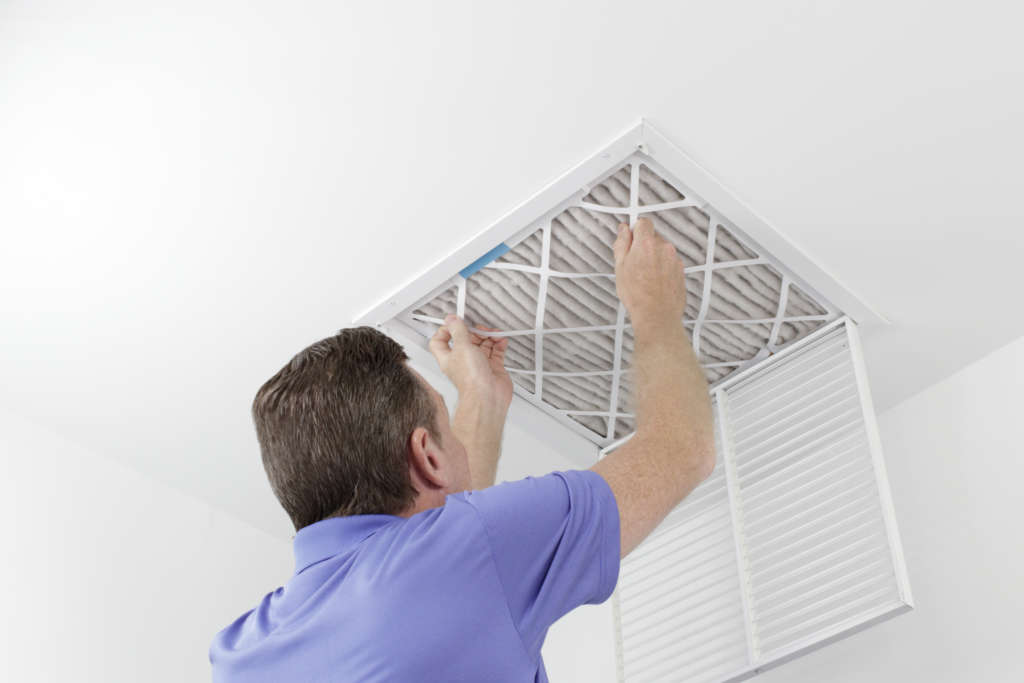
5. Have your air ducts cleaned
Duct cleaning isn’t something that needs to be done in every home, and the EPA actually recommends against regularly cleaning your air ducts.
That being said, there are several situations where air duct cleaning is strongly advised:
- Pets in the home
- Rodents or insects in the ducting
- Mold and Mildew
- Excessive dust, such as from a home renovation
- Residents who have asthma in the home
If one or many of these situations are applicable to you, you might consider whether air duct cleaning is right for you.
6. Install an Air Purifier in your home
While the most effective ways to improve your indoor air quality are listed above, the EPA has this to say about air purifiers:
Research shows that filtration can be an effective supplement to source control and ventilation. Using a portable air cleaner and/or upgrading the air filter in your furnace or central heating, ventilation, and air-conditioning (HVAC) system can help to improve indoor air quality.
Air purifiers use HEPA filters or UV lights to neutralize the harmful components in the air that we breath.
Recent studies have proved that these air purifying methods are capable of eliminating 99.98% of COVID-19 particles from the air passed through the filtration system.
However, be aware that air purifiers don’t prevent more viruses from entering the home, they just assist in making sure those same particles don’t linger.
Need help with Indoor Air Quality?
Whether you’re looking to have your furnace inspected, your filter replaced, your air ducts cleaned, or add an air purifier to your existing system, Precision Temperature is here for you.
If you live in the San Diego area, we service all of San Diego County. Give us a call, our friendly staff is ready to help.


